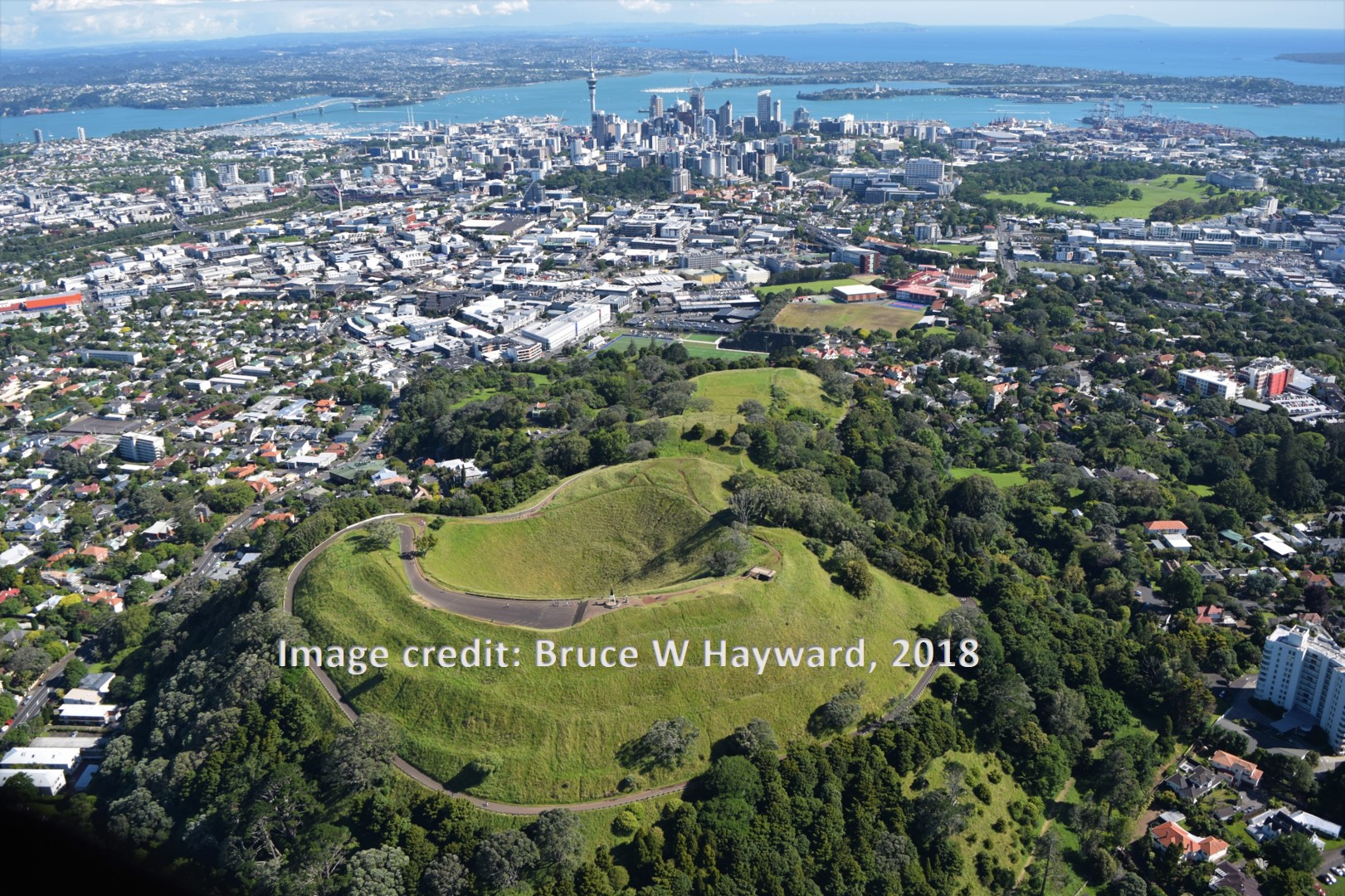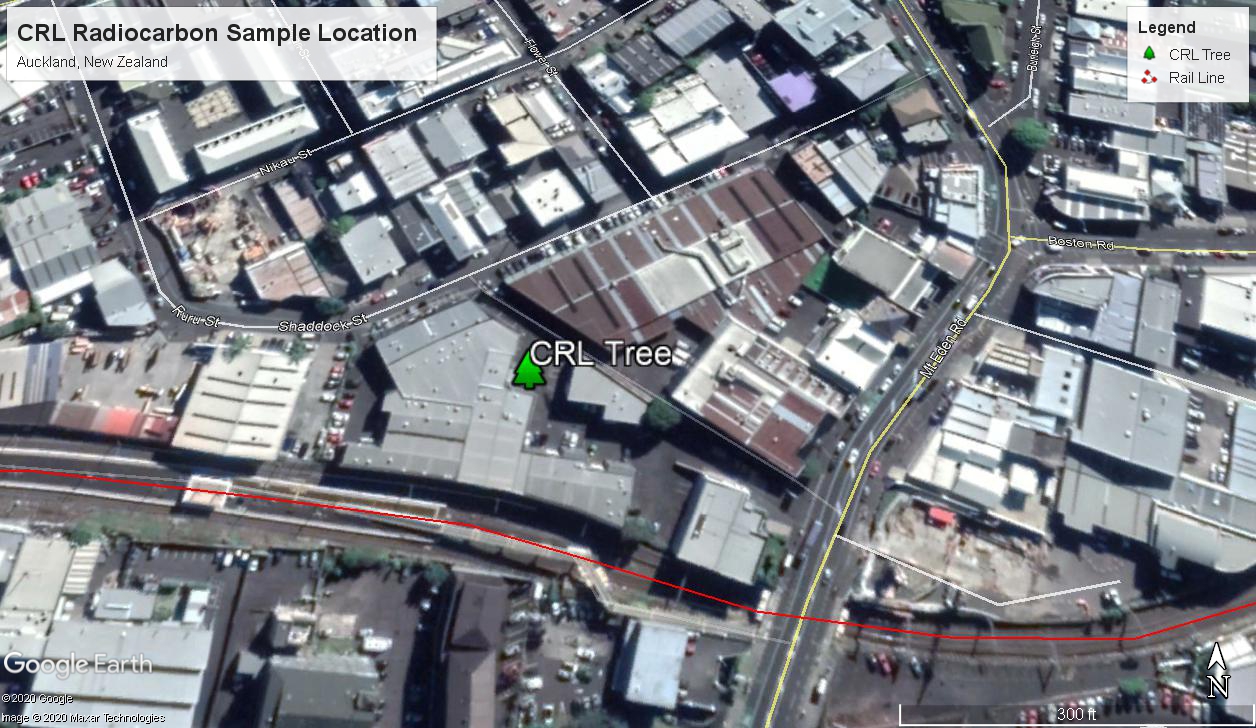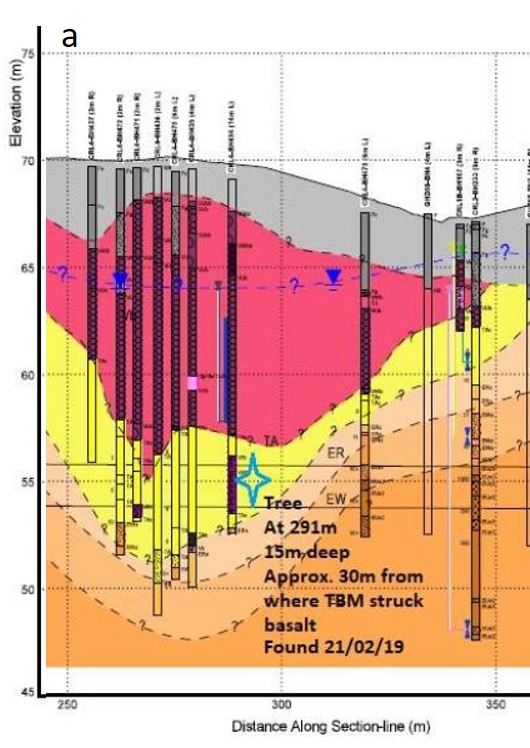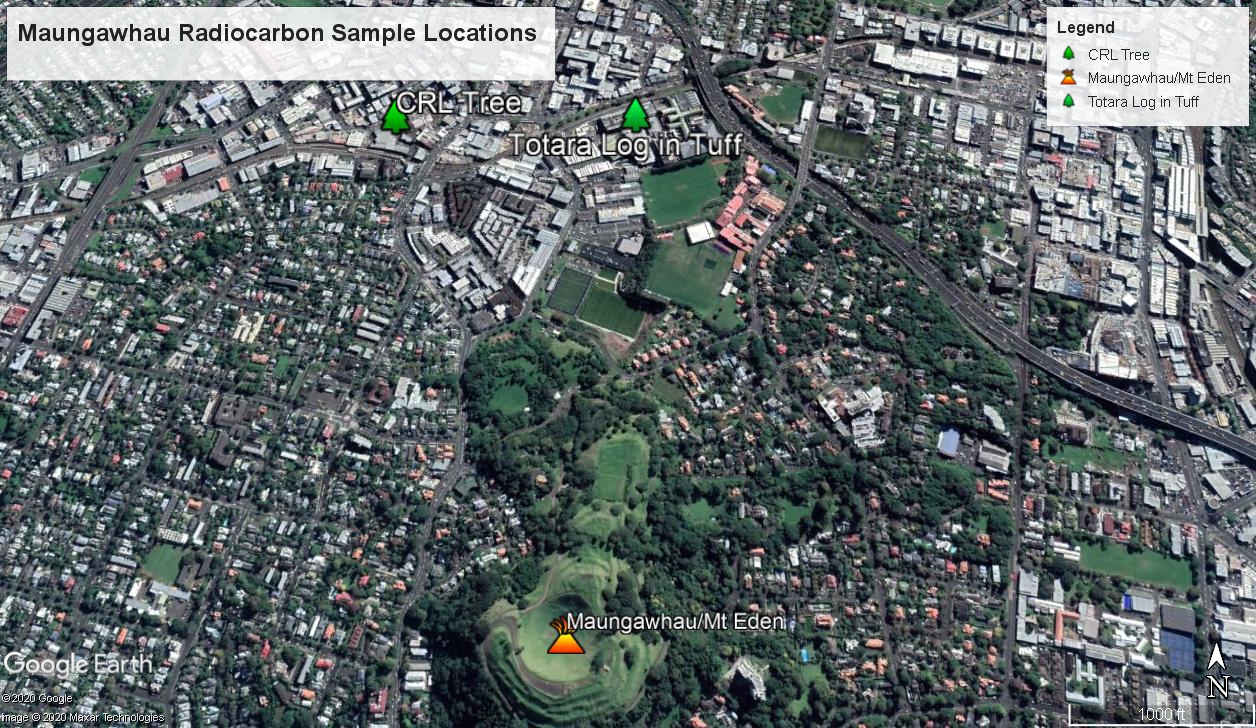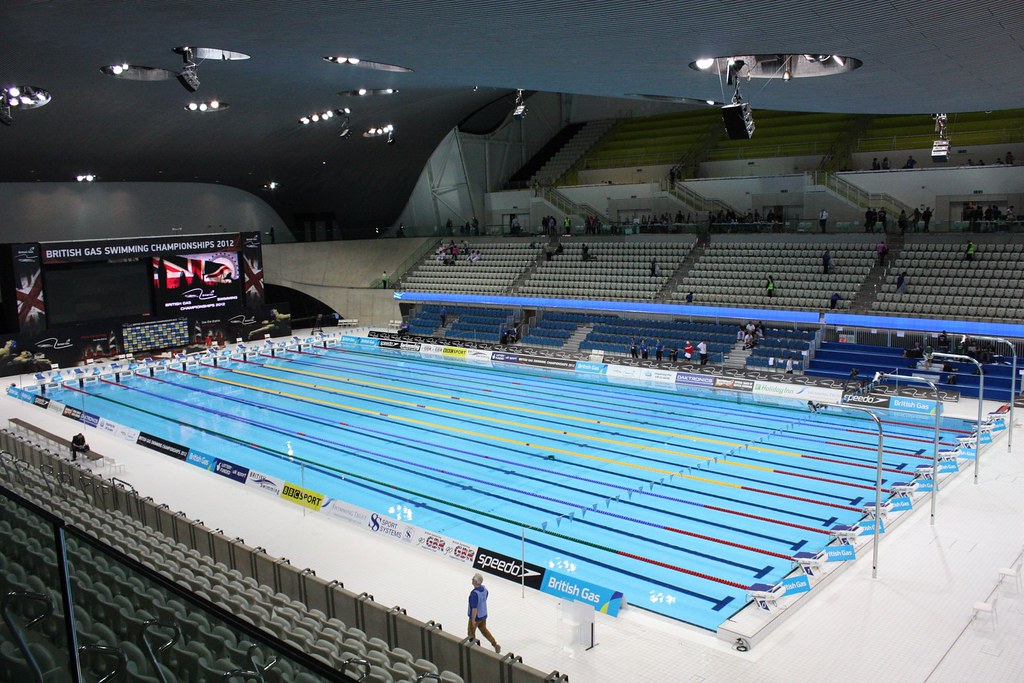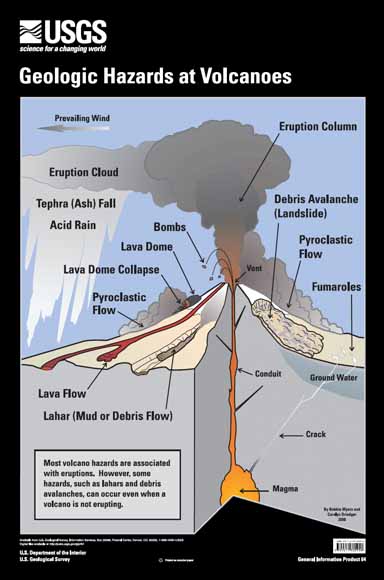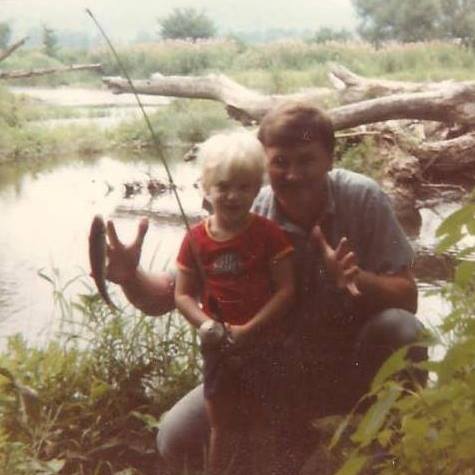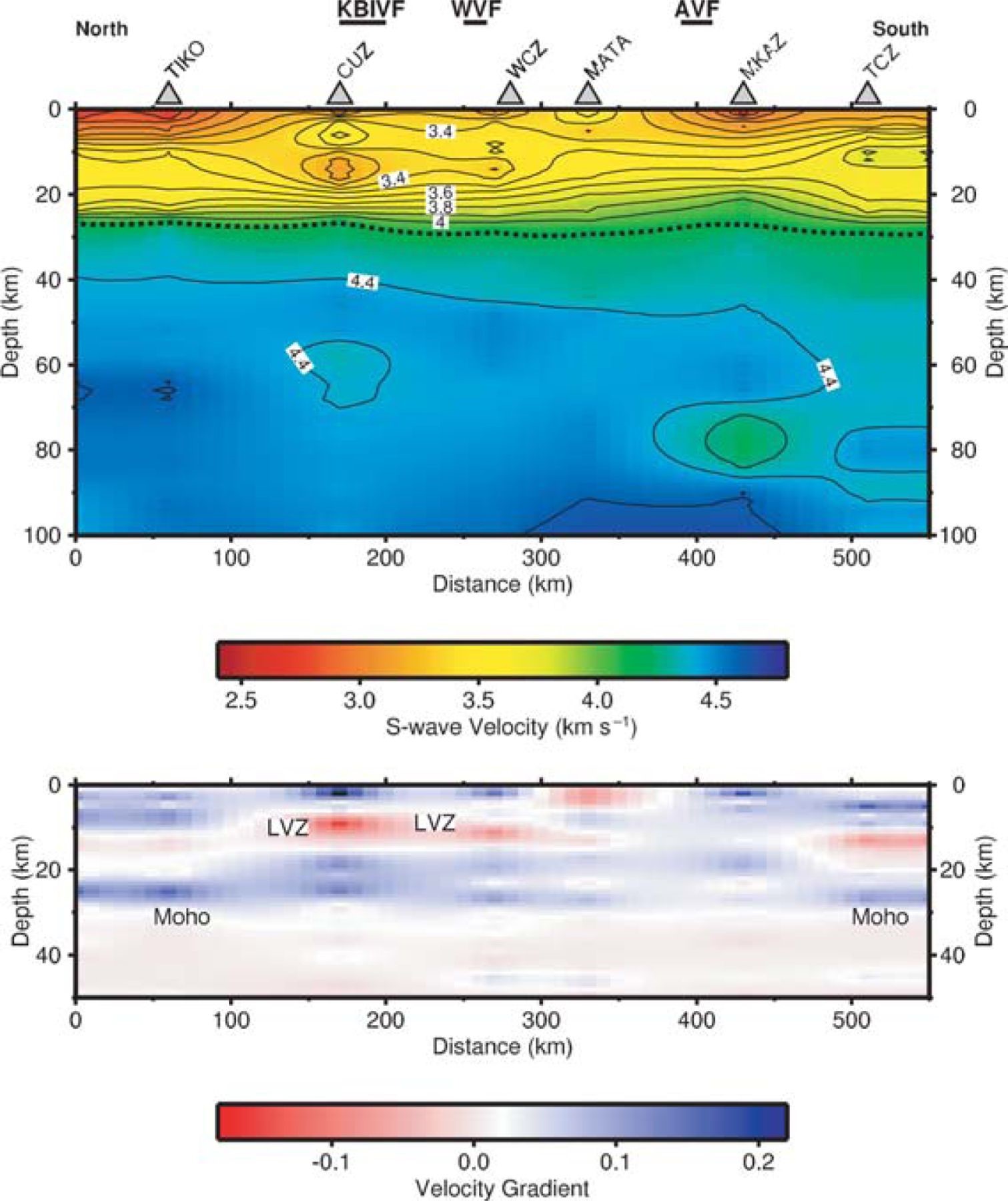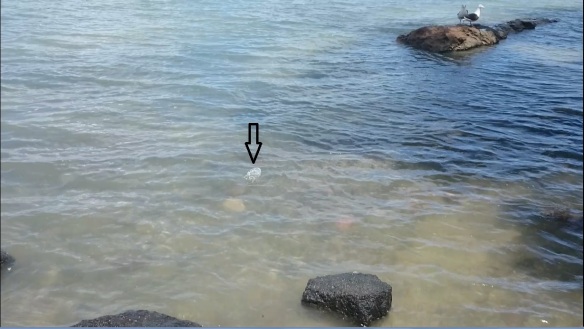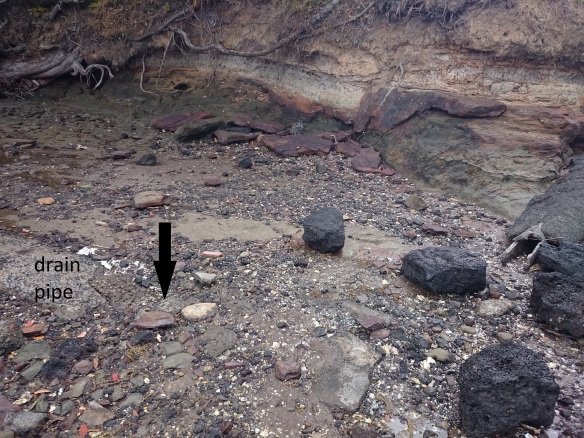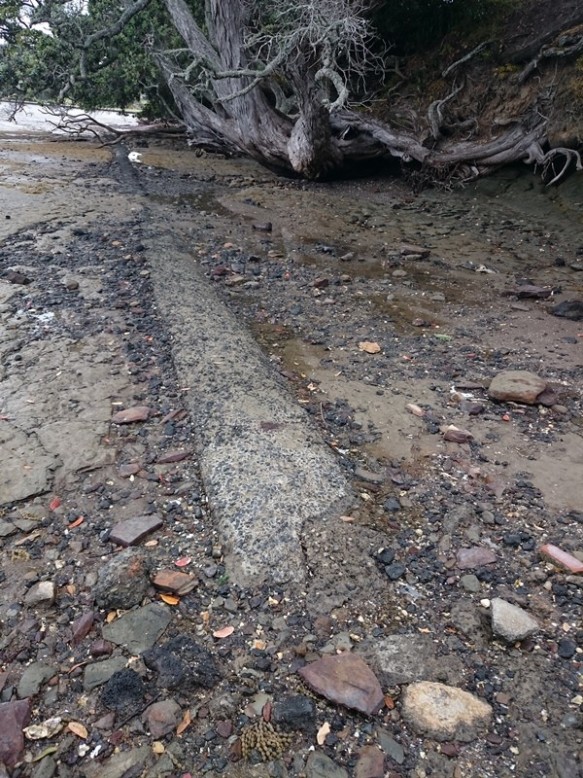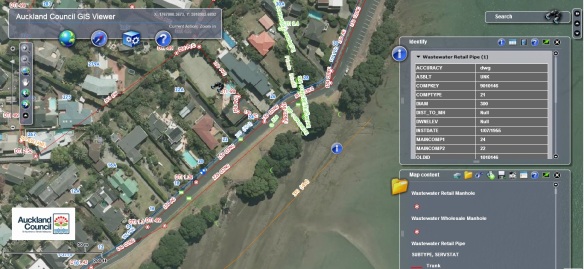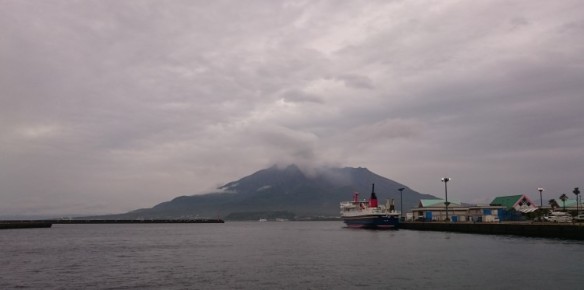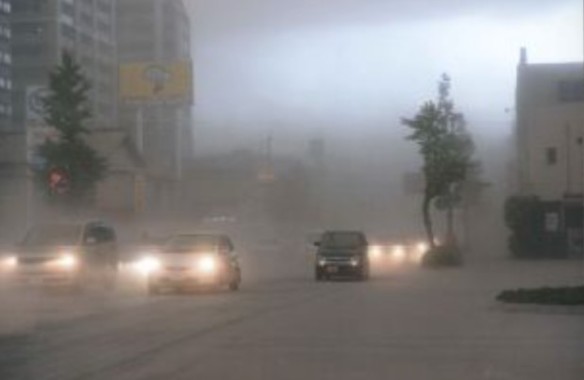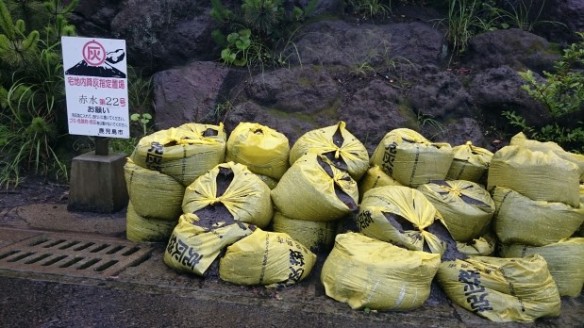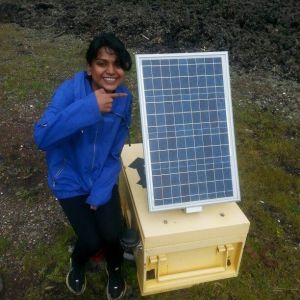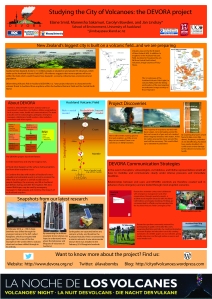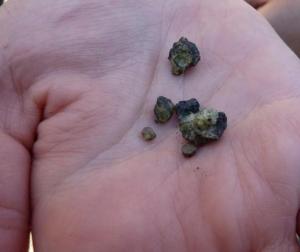In August I received an email from an undergrad at a US university. They obtained my contact info through this blog post and asked some really good questions about how to set themselves up to become a volcanologist through their geology course work. With their permission & all identifying information removed, I’ve copied and pasted their questions and my answers in my reply below:
“Stoked to hear from [someone] interested in studying volcanoes! And very happy that you found the blog post we all contributed to useful and encouraging enough to reach out to us – that is exactly what we hoped would happen. 😊 I will answer your q’s as best as I can.
Firstly, [redacted] is an excellent college for geology. I went to grad school at the University of Hawai’i at Manoa to get my Master’s degree – and one of my best friends there had gone to [requestor’s university] for his undergrad! At UVA (where I went for my undergrad), they didn’t offer much beyond Geology 101, except for a few specialized courses. I ended up with an Environmental Science major and Chemistry minor, and then I had to go back to school part time later on to pick up other important geo classes. So your [requestor’s university] geology degree will set you up well to study volcanology in an advanced degree – no worries there.
Question 1: what classes are essential to volcanology?
In terms of geology classes, any/all of those classes you listed [Mineralogy, Structural Geology, Geomorphology, Petrology, Paleoclimatology, Paleontology, Hydrology, and Geochemistry] could help, depending on what you decide to focus on in volcanology. Volcanology spans a wide range of disciplines: paleoclimate and paleontology would help a lot if you end up studying tephrochronology (i.e. ash layers in drill cores) like my friend and colleague Jenni Hopkins; geochemistry, mineralogy, and petrology are essential for researching magma chemistry like I am; structural geo is necessary for any physical volcanology and geophysical research on volcanoes; and geomorphology and hydrology are useful for studying landscapes in general. However, I would suggest mineralogy, petrology, and structural geo as a minimum to set you up well for admittance into a M.S. and/or PhD program in volcanology, or a career in some facet of geology. If other classes beyond those strike you as interesting (like geochem), definitely take them.
If you have the means and capability, I would highly suggest going to a geology field camp with some or many volcanology components, e.g. https://geologyfieldcamp.sdsmt.edu/IcelandVolcanologyCamp.htm, perhaps between your junior and senior years of college, after you’ve taken mineralogy, petrology, and structure. You’ll likely be able to get credits toward your degree, and it will give you a taste of volcanology and what you like/don’t like about it, to help shape your future research questions.
A list of geo field camps can be found here: https://geology.com/field-camp.shtml
One of my colleagues, volcanologist Darren Gravley, runs the Frontiers Abroad experience, which combines field camp with a Earth Science-focused study abroad semester in NZ: https://frontiersabroad.com/geology-of-new-zealand. They incorporate volcanology in their field camp (many US-based field camps don’t), and you’d get to go to New Zealand and explore our volcanoes!
This page has some grants listed to help with funding for field camp: https://www.whitman.edu/academics/majors-and-minors/geology/field-camp
If you don’t have the means or ability to go to a volcanology field camp, there are a few basic volcanology online courses out there – they probably won’t count towards your degree, but you will be able to find out more about the discipline at least:
https://www.edx.org/search?q=volcano
https://www.centreofexcellence.com/shop/volcanology-diploma-course/
Other than the geology courses you’ve listed for your major and field camp/online classes, I would secondly highly recommend taking some of these electives:
- a GIS course,
- a basic Intro to statistics course,
- learning a computer programming language,
- advanced math, physics, and chemistry classes (esp if you think you might end up doing geophysics or igneous geochemistry),
- You’ll set yourself apart if you have some training in Writing and Communication, too.
The GIS – or mapping on computer software — skills will be helpful no matter what you end up doing in geology. A basic understanding of statistics and significant differences in data is oft-overlooked but super important when interpreting your data. I have found that knowing how to code to analyse my data is becoming more and more necessary and useful (MATLAB, Python, and R are all very popular). And the more math, physics, and chem you have, the better of you’ll be in any science career!
Another big recommendation I have is to practice good concise writing, building an argument, reading comprehension, and communicating to various audiences – so, classes with a lot of writing or presentation requirements (esp in the humanities) will serve you well when it comes time to write up your thesis or data for publication. Science is no good if you can’t convey a message or build an argument around what the data are telling you, so you can convince other people that your interpretation is the right one 😊
After you graduate, you’ll never regret taking the time to take the hard courses while still in college – it is much, much harder to go BACK to take classes after you realize you need those skills!
Question 2: what do volcanologists typically do and how hard is it to get a job in that field? What kinds of jobs are there?
Well, unfortunately volcanology is kinda tough to get a job in (esp if you expect to actually go out in the field with the volcanoes), mostly due to the lack of $$$ and positions available, but everyone who has done so all has one thing in common: we studied volcanology in a Master’s or PhD programme first. I don’t know anyone that stopped at undergrad. With some hard work in a grad program, good networking skills, and luck, you should be able to find a job in volcanology.
In terms of what we do, it varies. I coordinate a volcanology research programme for my job, and I describe my work here: https://rockheadsciences.com/research-assistant-volcanic-hazards-elaine-smid/
Most volcanologists either work as professors in academia or for the government (like the USGS) – these positions pretty much all require PhDs and are very competitive. Some other folks end up in the commercial realm (e.g. in the mining industry looking for kimberlite diamonds or gold veins formed from volcanic fluids, or looking for hot rock to turn into energy as geothermal geologists), and some become land use planners or emergency managers or manage social media (comms) during eruptions! Check out the other entries in that initial blog post you found me on ( & also explore the Rock Head Science ‘Day in the Life of’ blog series (linked in the above paragraph)– there are tons of us out there, and we seemingly all do different things as volcanologists!!
My best advice here is to network, network, network, get as good of a thesis grade and GPA as you can, and put yourself out there for opportunities to gain experience, even if you don’t think you’re qualified! You never know…
Question 3: Lastly, what undergrad research do you think there is to do for volcanology-related topics? I know senior research is far down the road for me, but I’m just not sure what I could do volcanology-related, or if there’s research in a similar area that would complement it.
It’s difficult to answer this question without knowing what your options are at [requestor’s university]. I assume you’d need a thesis advisor there, and I am not sure what topics your faculty specialize in or what the timelines/budget are for data collection for your senior thesis. Definitely ask your geo profs what they would suggest for this – they will know much better than I will what is available to you and reasonable within the time-frame allotted!
Or maybe you will get a lead on a good research topic during field camp? I know that the Frontiers Abroad programme requires a research project and thesis.
In terms of complementary topics, any high pressure/temperature geochemical studies of rocks would be pretty complementary for igneous geochem and petrology, esp if it requires you to use a binocular microscope, doing some rock sampling and sample prep (rock saw, rock crushing, sieving, grinding, polishing, thin section and analytical mount prep, mineral picking), petrographic analysis, and analyzing samples on geochemical analytical equipment (e.g. XRF, EMPA, LA ICP MS…). Other than that, anything that gets you in the field or lab and getting experience in those settings is good for volcanology.
Looking through the [requestor’s university] list of senior thesis topics (I only looked through 2018 – 2021), all of the following would be volcanology or volcanology-related & would show future grad advisors that you are suited for a research topic in volcanology. [names and thesis titles redacted, but included topics such as ‘Mineralogy & Geochemistry of a Pluton,’ ‘Structural geometry of mafic bodies,’ ‘Tephra deposition within a lake core,’ ‘Petrogenesis of a pluton,’ ‘Structure, Petrology, and geochronology of dikes,’ ‘U/Pb zircon analyses,’ ‘Ages and origins of an ultramafic complex’]
In the end, it all really depends on what you are interested in! A good thesis topic is one you love and will keep you motivated even when things get challenging.”
And there you have it! My best advice for a budding volcanologist in their early college years. Please let me know if you find this useful or have follow up questions – my contact details can be found here.



